Professional Teeth Cleaning
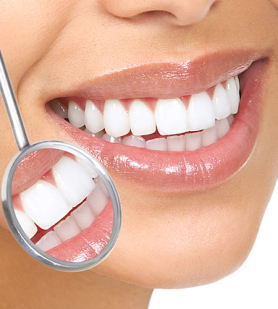 Teeth cleanings are sometimes dreaded. Between the prodding, strange noises, and occasional jaw discomfort, it’s easy to understand the apprehension. But the truth is: For most people, a teeth cleaning is simple and painless.
Teeth cleanings are sometimes dreaded. Between the prodding, strange noises, and occasional jaw discomfort, it’s easy to understand the apprehension. But the truth is: For most people, a teeth cleaning is simple and painless.
Knowing exactly what is going on during the process can help ease your stress and allow you to better enjoy the minty fresh, clean results.
Removing Plaque and Tartar With the small mirror to guide them, the dental hygienist uses a scaler to get rid of plaque and tartar around the gum line, as well as in between the teeth. You’ll hear scraping, but this is normal! The more tartar there is in your mouth, the more time is needed to scrape a particular spot.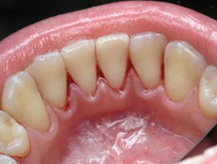
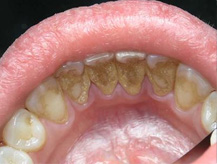
We brush and floss to stop plaque from building up and hardening into tartar. Once you have tartar, you can only remove it at the dentist’s office. So if this is your least favorite part of the teeth cleaning process, the lesson is to brush and floss more often! Gritty Toothpaste Cleaning After your teeth are completely tartar-free, the hygienist brushes them with a high-powered electric brush. They make that infamous grinding noise. While it sounds scary, it’s a great way to get a deep clean and remove any tartar left behind from the scaler.
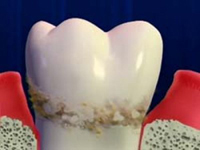
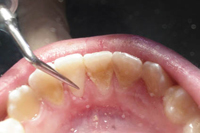 Professional cleanings use toothpaste that smells and tastes like regular toothpaste, though you can often choose between flavors. However, it has a gritty consistency that gently scrubs your teeth. This occasional polishing of the teeth is deemed safe at the dentist’s office twice a year. But don’t be so harsh with your teeth at home, as you’ll wear down the enamel.
Professional cleanings use toothpaste that smells and tastes like regular toothpaste, though you can often choose between flavors. However, it has a gritty consistency that gently scrubs your teeth. This occasional polishing of the teeth is deemed safe at the dentist’s office twice a year. But don’t be so harsh with your teeth at home, as you’ll wear down the enamel.
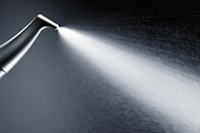 Expert Flossing Whether you floss regularly at home or not, nothing beats an expert flossing session! Your dental hygienist can get deep in between your teeth and locate any potential trouble spots where you might bleed at the gums. This might seem pointless if you floss at home, but having a professional floss your teeth also removes any leftover plaque or toothpaste from steps two and three. Rinse!
Expert Flossing Whether you floss regularly at home or not, nothing beats an expert flossing session! Your dental hygienist can get deep in between your teeth and locate any potential trouble spots where you might bleed at the gums. This might seem pointless if you floss at home, but having a professional floss your teeth also removes any leftover plaque or toothpaste from steps two and three. Rinse!
Next, you rinse out your mouth to get rid of any debris. Your dental hygienist will usually use a rinse that contains liquid fluoride.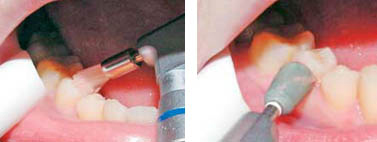
Other Potential Steps Professional teeth cleanings are scheduled twice a year, while X-rays are normally done once a year. Still, depending on what your dentist or dental hygienist observes in your mouth, they might do other exams during your visit. For children, a dentist may recommend molar sealants to help prevent cavities in hard-to-brush areas. Whether you need any additional steps or not, the key is to keep going back to the dentist for regular teeth cleanings to prevent problems altogether. By understanding what’s going on in advance, you’ll feel more at ease — and maybe even look forward to these important appointments!